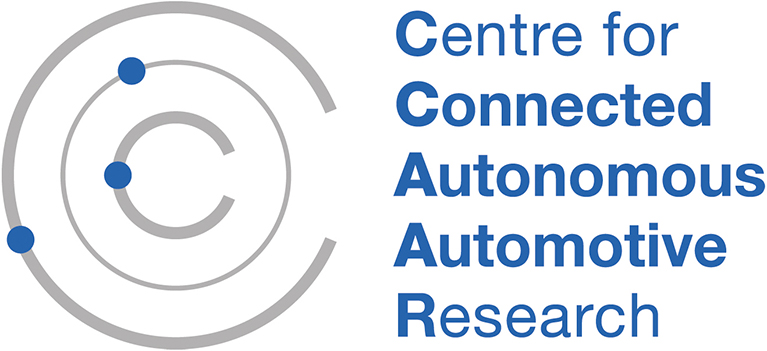
Digi CAV
Funder
Innovate UK
Value to Coventry University
£105,000
Project team
Dr Rahat Iqbal
Partners
HORIBA MIRA
Duration of project
01/12/2018 - 31/08/2020


Project overview
The validation of high-level autonomy features requires large amounts of test data, which conventionally is achieved by accumulating miles on the road and dedicated proving grounds. A conventional new car model costs between $1-6 billion to take through from design to commercialisation, and as much as half of this can be validation costs. For highly automated vehicles (SAE Level 4+) vehicles currently in development, the validation costs are likely to be significantly higher, which will slow the introduction and take-up through increased costs.
The aim of this project is to de-risk the technical approach to build a simulation platform that would significantly reduce these validation costs.
Project objectives
Investigating the feasibility of building a connected autonomous vehicles (CAV) simulation platform that enables plugging in external heterogeneous components such as electronic control units (ECU), autonomous driving modules, simulation software, sensor data and algorithms. Level 4 autonomy capability will be demonstrated through a Hardware-in-the-Loop (HiL) simulation solution.




